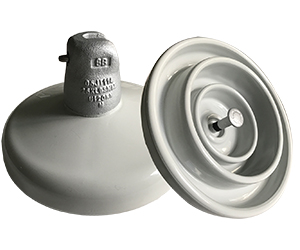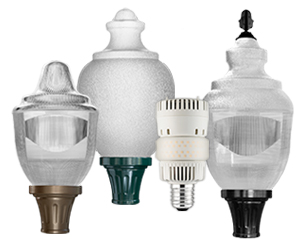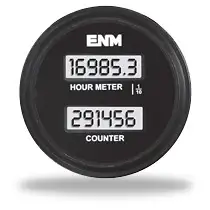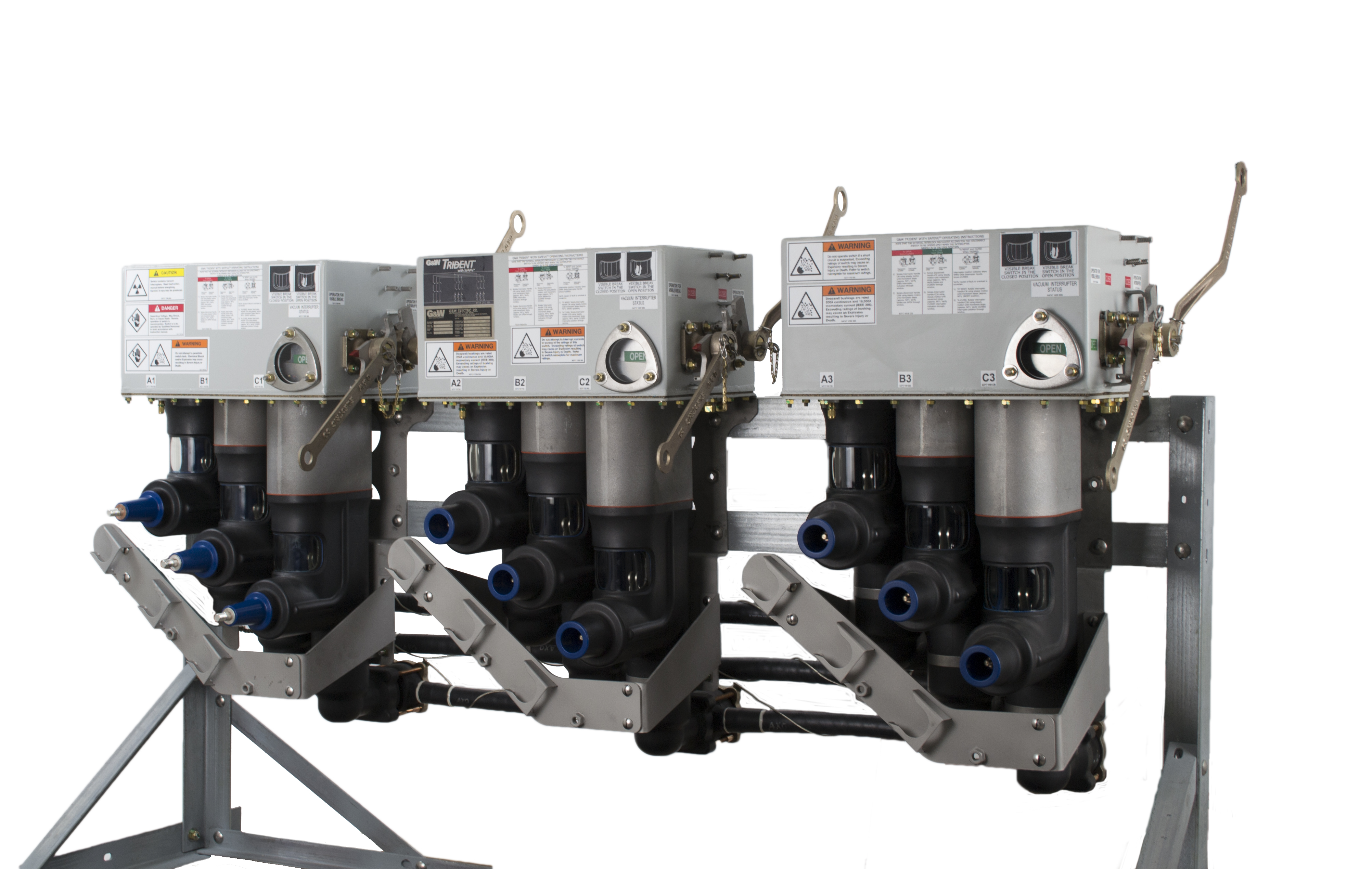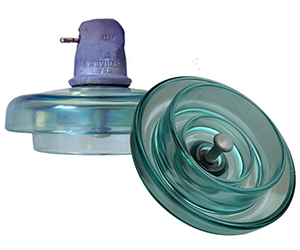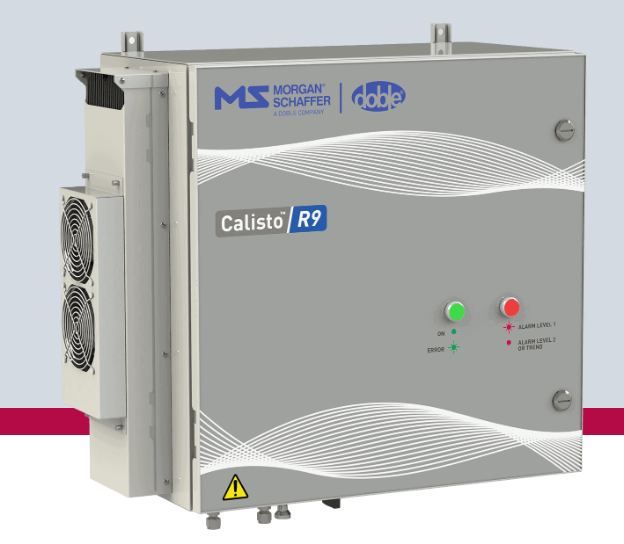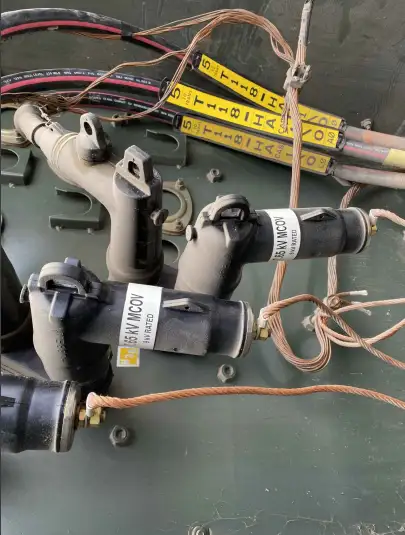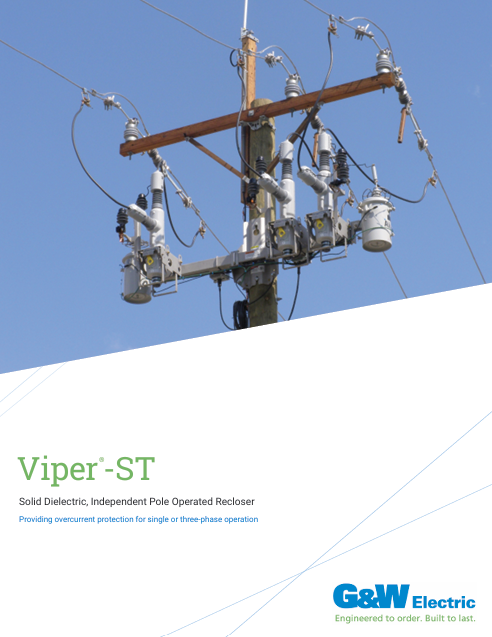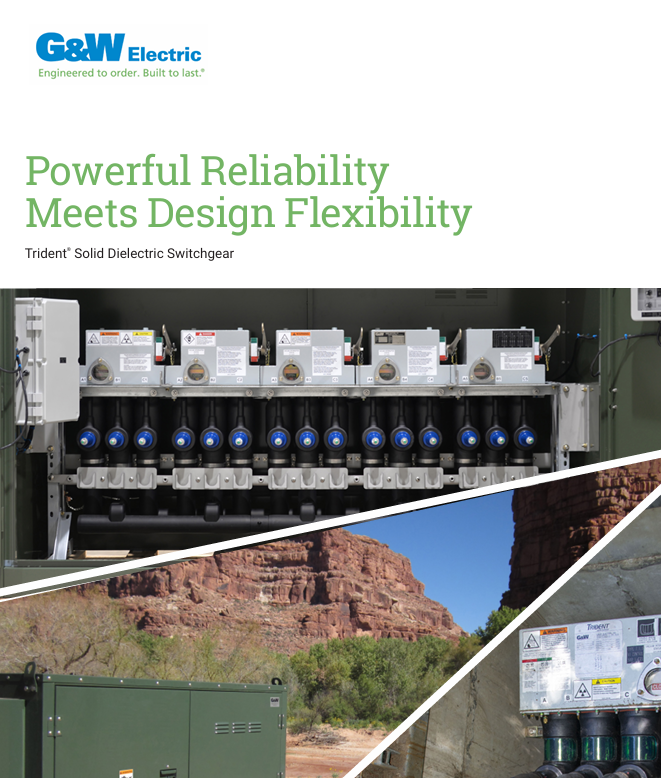Flywheel Energy Storage vs. Other Energy Storage Technologies
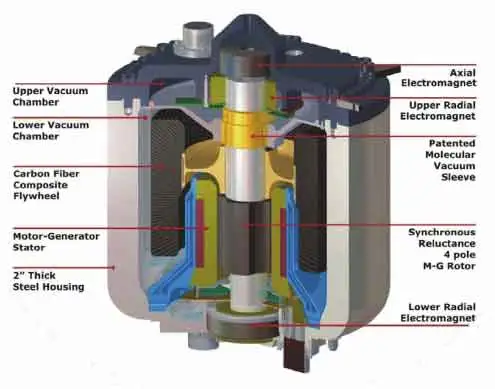
Flywheel energy storage is a promising technology for energy storage with several advantages over other energy storage technologies. Flywheels are efficient, have a longer lifespan, and can provide fast response times to changes in power demand. In addition, Flywheel systems have numerous applications, including grid stabilization, backup power, and UPS systems. While flywheel energy storage is still in the development and commercialization stage, ongoing research and development are expected to lead to further technological improvements, making it a more competitive option in the global energy mix.
How Does Flywheel Energy Storage Work?
Flywheel energy storage works by storing kinetic energy in a rotating mass. A flywheel system consists of a heavy rotating mass connected to a high-speed motor or generator. The flywheel is designed to rotate at high speed, and when electricity is supplied to the motor, the flywheel starts to spin, storing kinetic energy. The energy stored in the flywheel is converted back to electrical energy by the generator when required. Flywheel systems utilize bearings to minimize friction losses and magnetic bearings for high-speed applications to reduce wear and tear.
Flywheel systems can respond quickly to changes in power demand, making them suitable for applications where quick bursts of power are required. Additionally, flywheel systems can store energy for long periods without significant energy loss. Flywheels also have a longer lifespan than chemical batteries, potentially operating for over 20 years.
What are the Advantages and Disadvantages of Flywheel Energy Storage?
One of the main advantages of flywheel energy storage is its ability to respond quickly to changes in power demand. Flywheels can discharge energy almost instantly, making them ideal for applications that require fast power response times. The flywheel's ability to store energy without significant energy loss is another key advantage of this technology.
Flywheel energy storage systems also have a longer lifespan compared to chemical batteries. With proper maintenance, flywheels can operate for over two decades, making them a more sustainable option than batteries.
However, flywheel energy storage systems also have some disadvantages. One of the main challenges of flywheel systems is friction loss, which can cause energy loss and reduce efficiency. This means that flywheels require regular maintenance to minimize energy loss due to friction.
Another challenge of flywheel systems is high-speed rotation, which requires strong and lightweight materials. Carbon fiber is commonly used in flywheel systems due to its strength-to-weight ratio, but it can be expensive to manufacture.
What are the Applications of Flywheel Energy Storage?
Flywheel energy storage systems have numerous applications, including grid stabilization, backup power, and uninterruptible power supply (UPS) systems. Flywheels are also suitable for use in electric vehicles and aircraft, where the weight and size of the energy storage system are crucial factors.
In grid stabilization applications, flywheels provide fast response times to fluctuations in power demand. In this application, flywheels can quickly discharge energy to the grid when demand increases and store energy from the grid when demand is low.
In backup power and UPS systems, flywheels can provide an alternative to chemical batteries, which can be expensive and have a shorter lifespan. In addition, flywheels can store energy for extended periods and discharge it quickly when needed, making them ideal for backup power applications.
How Efficient is Flywheel Energy Storage Compared to Other Energy Storage Technologies?
Flywheel energy storage systems are highly efficient, with energy conversion efficiencies ranging from 70% to 90%. However, the efficiency of a flywheel system can be affected by friction loss and other energy losses, such as those caused by the generator or motor.
Flywheels are more efficient than chemical batteries compared to other energy storage technologies. For example, lithium-ion batteries have energy conversion efficiencies of around 90%, which is lower than the efficiency of most flywheel systems. However, other energy storage technologies, such as pumped hydro and compressed air energy storage, can be more efficient than flywheels.
What is the Current State of Development and Commercialization of Flywheel Energy Storage?
Flywheel energy storage systems are still in the development and commercialization stage. However, several companies have developed and commercialized flywheel systems for various applications. One example is Beacon Power, which has developed flywheel systems for grid stabilization and backup power applications. Other companies like Temporal Power and Amber Kinetics have also developed flywheel systems for grid applications.
Flywheel technology is still evolving, with ongoing research and development aimed at improving efficiency and reducing the cost of flywheel systems. As more research is conducted and technological advancements are made, flywheel systems are expected to become more competitive with other energy storage technologies.
On-Site Training
Interested in cost effective, professional on-site electrical training?
We can present an Electrical Training Course to your electrical engineering and maintenance staff, on your premises, tailored to your specific equipment and requirements. Click on the link below to request a Free quotation.
EF PARTNER MEDIA
Product Showcases
Shared Media

